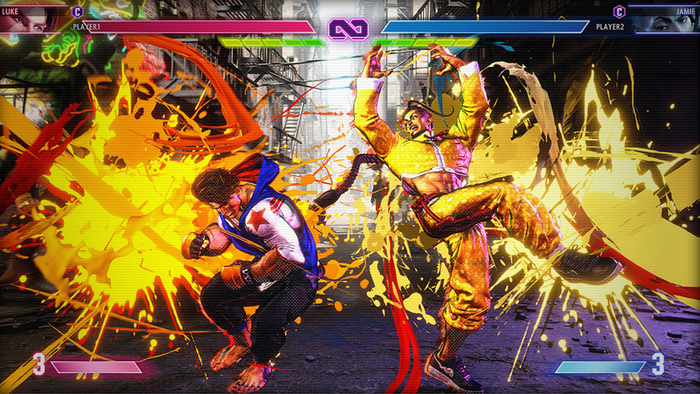Feature: 'Postmortem: Insomniac's Ratchet & Clank Future: Tools of Destruction'
Reprinting one of Game Developer magazine's most acclaimed 2008 postmortems, Insomniac <a href="http://www.gamasutra.com/view/feature/3889/postmortem_insomniacs_ratchet__.php">exclusively details</a> what went right and wrong with the creation of the icon

Reprinting one of Game Developer magazine's most acclaimed 2008 postmortems, Insomniac exclusively details what went right and wrong with the creation of the iconic PlayStation 3 platformer Ratchet & Clank Future: Tools of Destruction. One aspect of the game that Insomniac felt it got right from the beginning was its vision; without any hardware, an engine, game code, or even assets, the studio sought to recreate Metropolis, one of the iconic locations from the PS2 series, for the PS3: "We built our test city using the Resistance engine, stitched together a frame by frame camera fly through, and added audio effects to simulate the experience of being in Metropolis. We were pleased with the outcome, but we knew that this was a guess at best and revealed more about our hopes for the game without the memory, frame rate, and game design constraints of a real level. The reaction from our producers at Sony and later from people who saw the Metropolis video at 2006 GDC was astonishing. We were being compared to feature film CGI, and there was great enthusiasm for the game. When Sony told us that future gameplay deliveries needed to "drop jaws" as Metropolis did, we wondered if we could ever match the results in-game. At this point we still did not know what lay ahead for RCF, but we knew one thing -- we had a vision." While Insomniac's experience with Resistance, its first shipped title for the PlayStation 3, was an "invaluable aid" to its planning process and production estimates for Ratchet & Clank Future, the studio learned that launch titles should not serve as production benchmarks: "Our launch title experience did not (and could not) provide measurable production benchmarks. It was a sprint to the very end and involved many unknown variables. There really was not a true post production period as Resistance development continued right up to its launch. Working on a simulated level during preproduction was also inaccurate since we did not account for many of the issues that need to be dealt with when shipping a real game (such as memory and frame rate optimizations, obscure crash bugs, and localization errors). We gave ourselves eight weeks from our project alpha date to "polish" our game and get it out the door. This was the same amount of time used on our PS2 titles, which had been loosely based on our PS1 model. Needless to say, it got a little crazy at the end of the project, and we've learned to add additional post-production time to our future efforts." You can read the full postmoretem for Ratchet & Clank Future: Tools of Destruction, which includes more insights on what went right and wrong with the PlayStation 3 platformer's development (no registration required, please feel free to link to this feature from other websites).
Read more about:
2008About the Author(s)
You May Also Like







.png?width=300&auto=webp&quality=80&disable=upscale)





